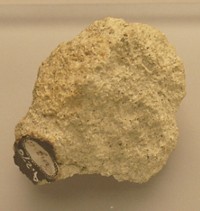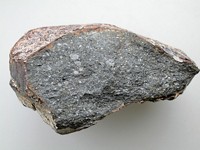Advertisement
Grab your lab coat. Let's get started
Welcome!
Welcome!
Create an account below to get 6 C&EN articles per month, receive newsletters and more - all free.
It seems this is your first time logging in online. Please enter the following information to continue.
As an ACS member you automatically get access to this site. All we need is few more details to create your reading experience.
Not you? Sign in with a different account.
Not you? Sign in with a different account.
ERROR 1
ERROR 1
ERROR 2
ERROR 2
ERROR 2
ERROR 2
ERROR 2
Password and Confirm password must match.
If you have an ACS member number, please enter it here so we can link this account to your membership. (optional)
ERROR 2
ACS values your privacy. By submitting your information, you are gaining access to C&EN and subscribing to our weekly newsletter. We use the information you provide to make your reading experience better, and we will never sell your data to third party members.
Physical Chemistry
Earth's Gaseous Orgins
Computer simulations predict unexpected packing for non-spherical objects
by Sarah Everts
December 14, 2009
| A version of this story appeared in
Volume 87, Issue 50
Gaseous burps and excretions from Earth’s mantle are commonly believed to be the origin of our planet’s atmosphere, but how this escaping gas got into the mantle in the first place has long kept scientists guessing. One theory contends that gasless matter, which was accumulating to form the early Earth, gravitationally attracted solar nebula gases. Another theory argues that Earth’s gas actually comes from vapor-laden comets, meteorites, and dust that accumulated to form our planet. Now researchers led by Greg Holland, a geochemist at the University of Manchester, in England, report evidence for the latter (Science 2009, 326, 1522). The team dug deep into the mantle at a desolate spot in New Mexico and found that isotopes of the noble gas krypton correlated with comet and meteorite signatures—not those of solar nebula gases. Although the new work resolves where Earth’s gas initially came from, it also creates a new conundrum. The krypton and xenon isotope signatures in the mantle do not quite match those of the atmosphere, suggesting that mantle burps are at best only partially responsible for gas around our planet. Where our atmosphere came from is now an open question, Holland says.





Join the conversation
Contact the reporter
Submit a Letter to the Editor for publication
Engage with us on Twitter